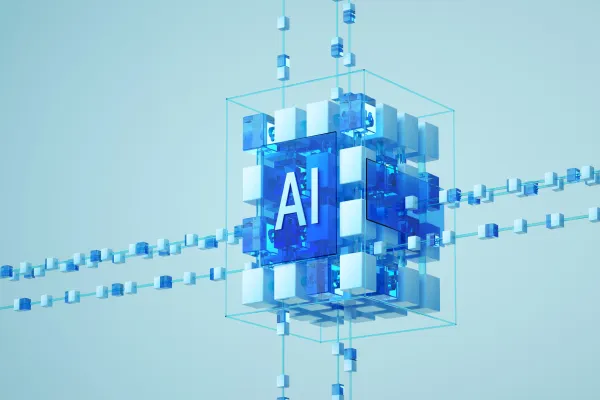Over the past two years, we have seen many mentions in the press and at conferences about the financial applications of artificial intelligence, machine learning, deep learning and big data. Is this the next frontier, or is it just snake oil? To adapt a famous advertising phrase, “We’ve seen the sizzle; now where is the steak?”
Artificial intelligence research has a long history, but most of the investment community’s views of AI are shaped by the media. The robot in Lost in Space, HAL 9000 in 2001: A Space Odyssey, Skynet in The Terminator — these media tropes subconsciously shape our perceptions of what AI is and what it could be capable of. We dream of (or maybe dread) a HAL 9000 computer sitting next to us as we trade. As we move our mouse to buy some shares, it will sonorously intone, “I don’t think you should do that, Dave,” or maybe it will just lock us out of the trading room when we are about to make a mistake. Robert Harris’s 2011 novel The Fear Index develops this theme near the dramatic conclusion. Maybe some clever computer scientists will plug in SkynetFinance, and rather than trying to wipe out the human race, it will instantaneously understand every scrap of financial information and make more money than there is money before scientists can switch it off — assuming that they would want to, of course.
Sadly, the truth is somewhat less exciting. Although AI techniques and deep learning have had very significant successes (most notably, mastering the board game Go earlier this year), these have always occurred when AI is given problems that have very specialized features. First, the AI is designed on the basis of a well-defined goal — for example, “win the game” or “present a Netflix user with films they will probably like.” This is absolutely not the case in finance, where the goal is often nuanced and complex. Between the two extremes of being 100 percent in cash and betting your entire asset base on a single coin toss, there are lots of conflicting and complicated constraints and goals.
Second, finance is dominated by randomness. In the game of Go, there is one opponent, who can make one (highly constrained) move at a time. Although Google’s DeepMind program doesn’t just enumerate all the possible outcomes from the current board position, at each time step the number of legal moves is small — there is a lot of signal and no noise. In finance, however, 30 currencies, 50 commodities, 10,000 stocks and 2,000 bonds change their price (sometimes at subsecond intervals) due to the random whims of buyers and sellers, some of whom may be machines themselves. And this is just the prices — what about news, fundamentals, events and so on? Finance is a lot of noise and not much, if any, signal.
The classic examination for intelligence in the AI community is the Turing test: If, when communicating with a potential AI by e-mail, you can’t tell that it is not human, then that machine is, by definition, intelligent. Although AI research has made great strides in the past 20 years, it is a long way from passing the Turing test. Indeed, even the most optimistic researcher wouldn’t believe that AI could credibly mimic a functioning dog, never mind a human. Would anybody want to let their dog loose on their trading terminal?
In finance, when people talk of AI, they usually mean machine learning. At some level even a simple moving average crossover system is a machine learning system — the model learns that when the short-term average moves below the long-term average, the market is going down, and so goes short.
In general, machine learning is more complex than this. There are a huge array of techniques that can extract structure and rules from large sets of data and, most important, update their rules as new data arrives. This Bayesian approach is at the heart of much of machine learning, and we are big users of it at Cantab. But it is not a magic bullet. One doesn’t just take a neural net or Bayesian network classifier, point it at some random time series data and hope to make money. The process of extracting dynamic rules from financial data is intricate and difficult — and provides job security for statisticians.
With a robust underlying theory, great advances could be made in big data, machine learning and even artificial intelligence. From its earliest days of carrier pigeons and ticker tapes, finance has always been dominated by data, and although there is a lot of sizzle surrounding AI in finance, the steak is in machine learning and big data.
Ewan Kirk is CIO of Cantab Capital Partners, a London-based multibillion-dollar systematic asset manager.
Check out our New Economy Indexes.






